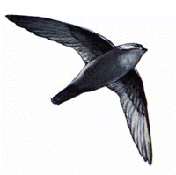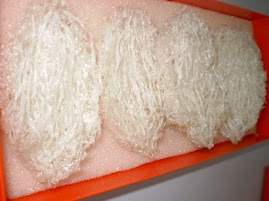This evening the Kedah BH owners should consider lucky and be happy that the Kedah MB and the Excos have today shot down the latest drafted Garis Panduan on the Licensing of the Kedah BHs proposed by the PERANCANG DEPT to be passed through in this morning state meeting. The drafted Garis Panduan is almost the same with only little changes from the last time the one proposed by the PERANCANG FEDERAL. If this goes through, every BH in Kedah would have to close shop. And that is going to be NIGHTMARE for other states as well. The PERANCANG DEPT of state is under the control of the Federal Govt (BARISAN NASIONAL). The MB was very angry with the proposal and ordered it be revamped to painless level. He further instructed the PERANCANG DEPT must consult the BH representatives with their agreement and approval first before tabling for meeting again. So far, the DEPT despites advised previously to discuss with the representatives but they failed to do that till today. The UMNO never learns and still trying to sabotage from behind. It serves them right to lose all the BY-ELECTIONS. Thanks to the Kedah PR Govt who has the people in its heart. Also not forgetting DL and his Taskforce who have been keeping track and monitoring the situation closely.
Isn’t that at least a GOOD NEWS for the BH industry for the time being? We are having too many bad news lately.
(Quote Lucas 1, Lowyat forum dated 24th Apr 09)
Looks like the captain aspires to travel around the world, but the crews still navigating and going round in circle, what a joke!
We are not getting anywhere....sad but true....
I am too tired to witness the similar episodes occurring again and again.
It's just driving me crazy when thinking of wasting unnecessary time to have all the ignorant parties buy-in about the potential of this industry.
Politic is a way things get done, not going backward, things get stuck and nothing is done.
We are not welcome and we are the toxic. Sometimes we are ill-treated as if we are the enemy of the state! Why the arrows are always pointing inward instead of pointing outward? BH farmers are like punching ball always get wounded by all kind of attacks and harassment, due to some people's hidden agendas, anger, jealousy, envy, or whatever.
BH farmers are ordinary citizens & should deal only with the birds and the BH micros. Looks like now it leaves us no choice but to force us start dealing more with politics, so that we can really benefit from our country's resources and get the most milage out of this trade.
BH farmers do not demand a lot, just a pat on the shoulder, being receptive and supportive, we will be contented. All the encouragement given will be highly appreciated until end of the time!





















































